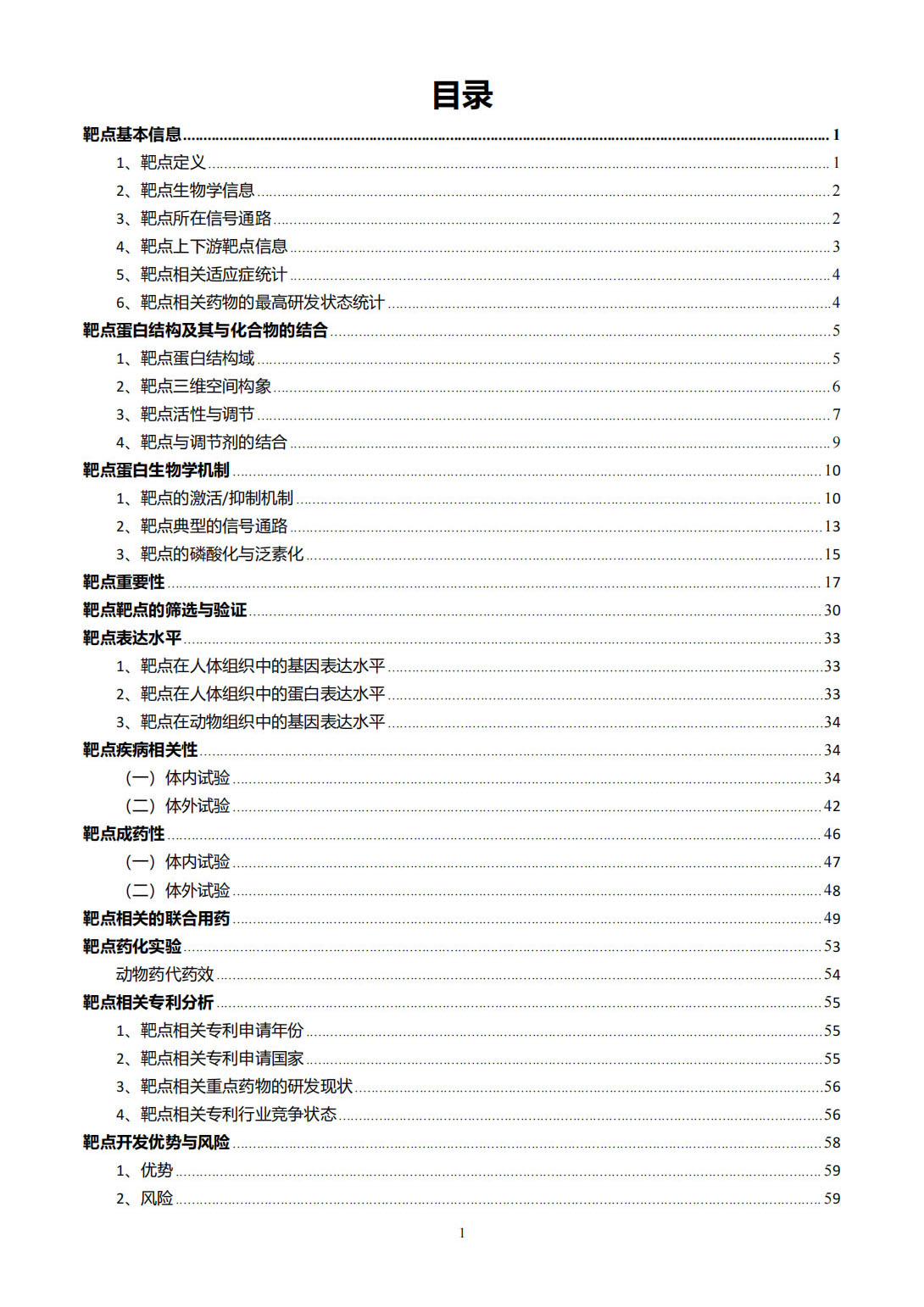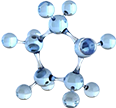CCND1 Target Analysis Report Summary


About the Target
Cyclin D1, also referred to as CCND1, plays a crucial role in various signaling pathways in breast cancer cells [1]. It is targeted by dihydrotestosterone (DHT)/androgen receptor (AR) action, which helps repress cell proliferation [1]. Additionally, adiponectin induces signals such as AMP-activated protein kinase (AMPK) and mitogen-activated protein kinase (MAPK), leading to increased Cyclin D1 expression and breast tumor growth [1]. The canonical WNT/beta-catenin pathway is another mechanism that influences Cyclin D1 expression, where beta-catenin translocates to the nucleus and binds to TCF/LEF co-transcription factors, resulting in the transcription of Cyclin D1 and other genes [2].
In breast cancer, the presence of OHT (a selective estrogen receptor modulator) and fulvestrant affects Cyclin D1 expression and cell viability, with fulvestrant showing inhibitory effects [3]. The use of FGF-2 and PD173074 in combination with OHT also impacts Cyclin D1 expression and cell counts [3]. In mouse models inoculated with MCF7 cells, the treatment with PD173074, OHT, or their combination leads to varying tumor volumes [3]. Additionally, miR-6125 affects the YTHDF2-GSK3beta-beta-catenin-Cyclin D1 signaling pathway [4].
Comparing different types of tumors, carcinoids utilize the CDK4/6 complex and CCND1 for cell cycle progression, while carcinomas display downregulation of these mediators and higher expression of CDK2 and CCNE1 [5]. Carcinomas also exhibit increased expression of BCL2, promoting insensitivity to apoptosis [5]. On the other hand, NSCLC and carcinoids share similarities in driving G1/S-phase transition through CDKN2A downregulation, while LCNEC and SCLC follow a different pathway [5].
These viewpoints highlight the significance of Cyclin D1 in breast cancer cells and its involvement in various signaling pathways and cell cycle regulation. The effects of different treatments and factors on Cyclin D1 expression and cell behavior provide insights into potential therapeutic strategies and understanding of tumor progression.
Based on the given context, several key viewpoints can be extracted regarding the role of CyclinD1 (CCND1) in different biological processes and diseases:
In intrahepatic cholangiocarcinoma (ICC), CyclinD1 is involved in the regulation of Dicer promoter, leading to the repression of Dicer transcription [6]. This finding highlights the potential contribution of CyclinD1 in the development and progression of ICC.
The downregulation of CXXC4 in tamoxifen-resistant cells results in elevated expression levels of CyclinD1 and c-myc through activation of the Wnt/beta-catenin signaling pathway. This, in turn, accelerates cell cycle transition and leads to tamoxifen resistance [7].
The oncogenic protein HDAC1 acts as a transcription factor for CIP2A, which subsequently complexes and inactivates PP2A. HDAC1 inhibition leads to downregulation of CIP2A expression, restoration of PP2A activity, and subsequent downregulation of CyclinD1 expression, resulting in cell growth arrest [8].
Lnc-KASRT, which interacts with SRSF1, has a role in regulating alternative splicing of KLF6. This regulation promotes the coding of KLF6-SV1 while inhibiting KLF6-WT. Consequently, the P21/CCND1 pathway is modified, leading to increased growth and invasion of osteosarcoma [9].
Progesterone (P4) and its receptor (PR) signaling, in conjunction with the RANK/RANKL pathway, have effects on cell proliferation. CyclinD1 plays a role in the autocrine mechanism mediated by P4 activation and the paracrine proliferation mediated by RANKL expression [10]. This signifies the involvement of CyclinD1 in hormonal signaling pathways related to cell growth.
In summary, CyclinD1 has implications in various biological processes and diseases, including ICC, tamoxifen resistance, cell proliferation, and osteosarcoma. It is involved in transcriptional regulation, cell cycle progression, and modulation of signaling pathways such as Wnt/beta-catenin and P21/CCND1. These findings contribute to a better understanding of the role of CyclinD1 in different contexts [6][7][8][9][10].
Figure [1]

Figure [2]

Figure [3]

Figure [4]

Figure [5]

Figure [6]

Figure [7]

Figure [8]

Figure [9]

Figure [10]

Note: If you are interested in the full version of this target analysis report, or if you'd like to learn how our AI-powered BDE-Chem can design therapeutic molecules to interact with the CCND1 target at a cost 90% lower than traditional approaches, please feel free to contact us at BD@silexon.ai.
More Common Targets
ABCB1 | ABCG2 | ACE2 | AHR | AKT1 | ALK | AR | ATM | BAX | BCL2 | BCL2L1 | BECN1 | BRAF | BRCA1 | CAMP | CASP3 | CASP9 | CCL5 | CCND1 | CD274 | CD4 | CD8A | CDH1 | CDKN1A | CDKN2A | CREB1 | CXCL8 | CXCR4 | DNMT1 | EGF | EGFR | EP300 | ERBB2 | EREG | ESR1 | EZH2 | FN1 | FOXO3 | HDAC9 | HGF | HMGB1 | HSP90AA1 | HSPA4 | HSPA5 | IDO1 | IFNA1 | IGF1 | IGF1R | IL17A | IL6 | INS | JUN | KRAS | MAPK1 | MAPK14 | MAPK3 | MAPK8 | MAPT | MCL1 | MDM2 | MET | MMP9 | MTOR | MYC | NFE2L2 | NLRP3 | NOTCH1 | PARP1 | PCNA | PDCD1 | PLK1 | PRKAA1 | PRKAA2 | PTEN | PTGS2 | PTK2 | RELA | SIRT1 | SLTM | SMAD4 | SOD1 | SQSTM1 | SRC | STAT1 | STAT3 | STAT5A | TAK1 | TERT | TLR4 | TNF | TP53 | TXN | VEGFA | YAP1

